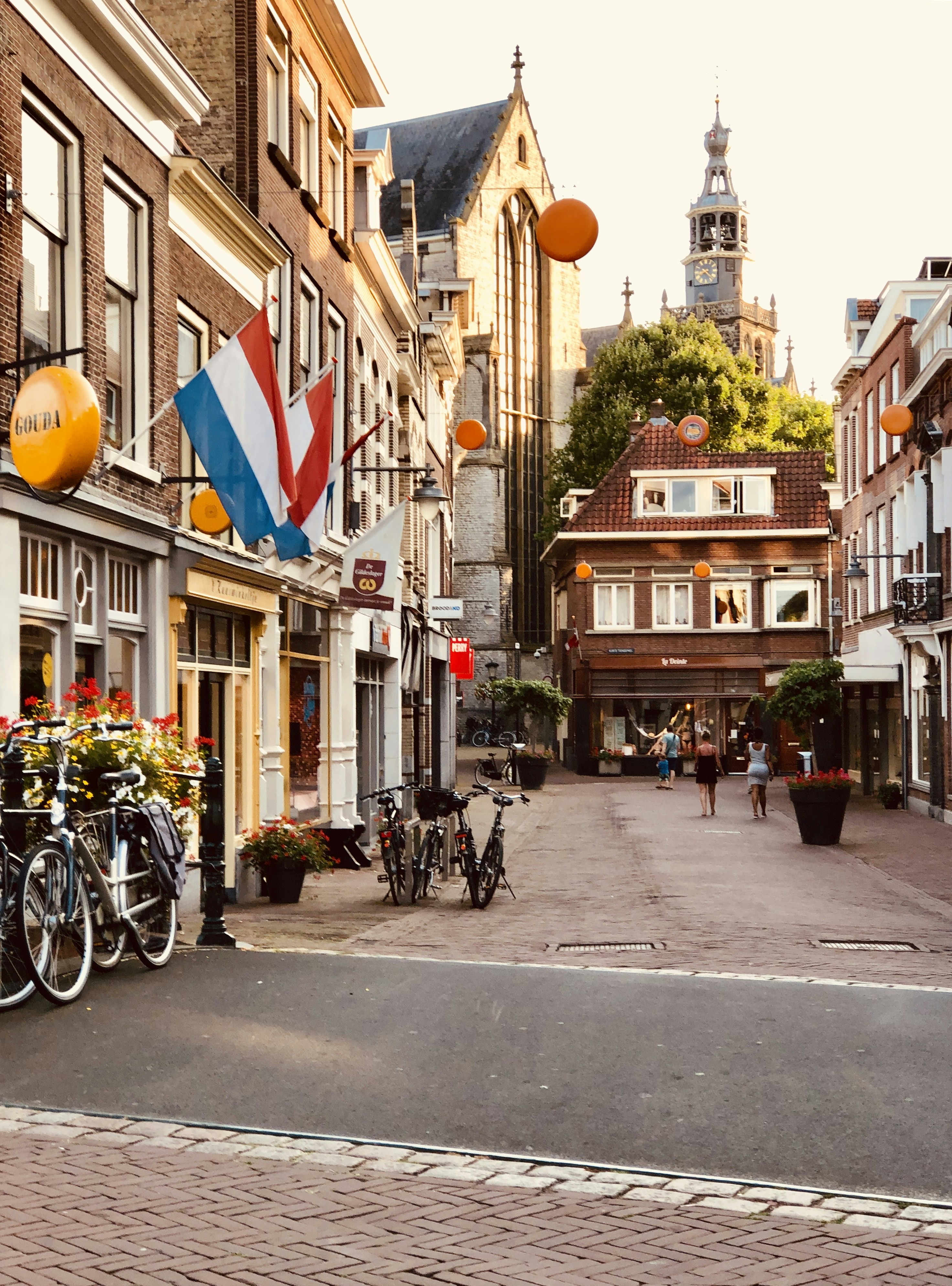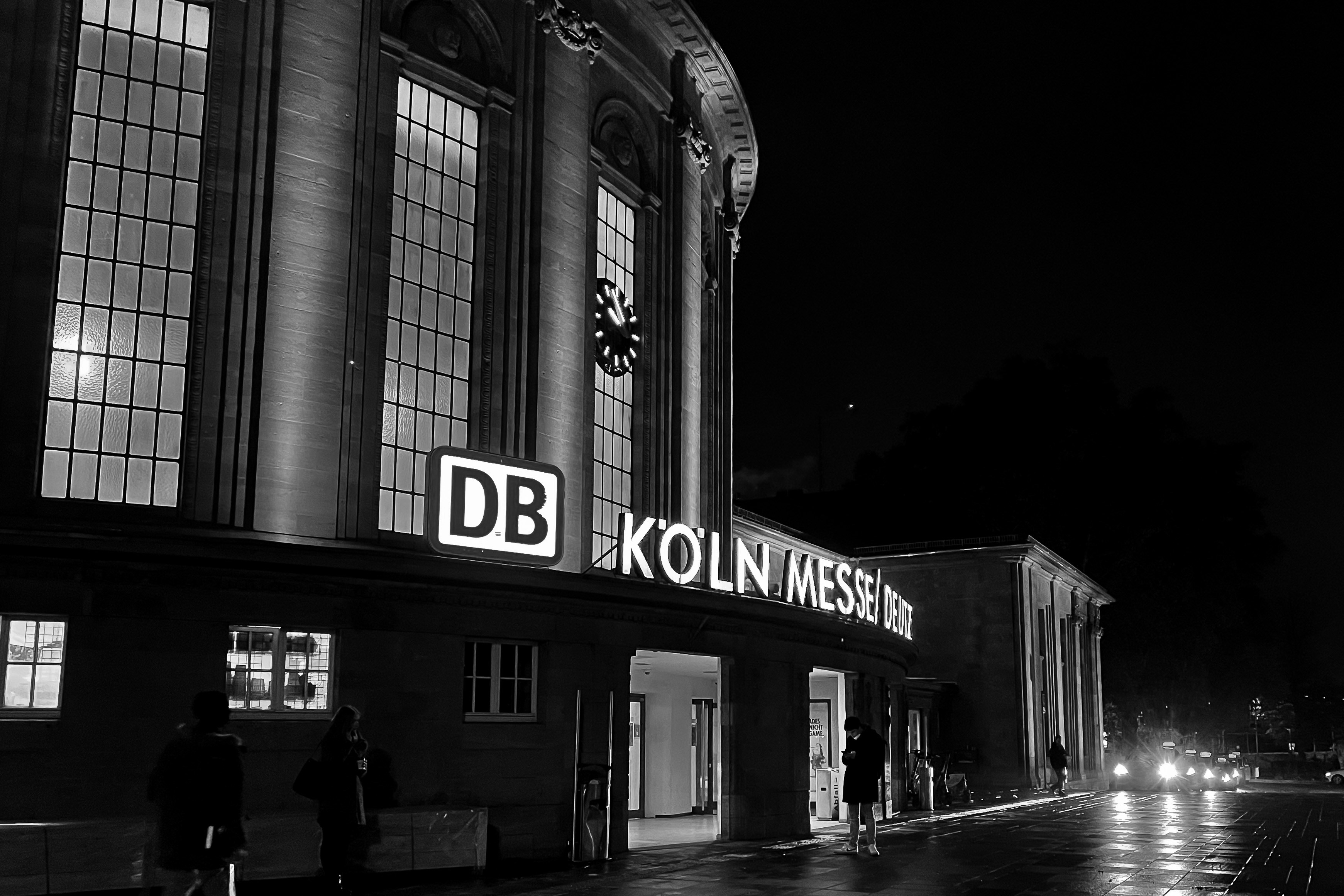
A Brief History of Maastricht
Maastricht, located in the southern part of the Netherlands, boasts a rich and diverse history that dates back to Roman times. Originally a Roman settlement known as Traiectum, the city was strategically positioned along the banks of the Meuse River, allowing it to serve as a crucial crossing point. The Romans built a bridge and a fortification at this site, establishing Maastricht as an important center for trade and military activities.
Throughout the centuries, Maastricht evolved, influenced by various cultures and political entities. After the fall of the Roman Empire, the city came under the control of various kingdoms, which contributed to its development as a significant ecclesiastical center. Notably, in the 8th century, it became the seat of Saint Servatius, the first bishop of Maastricht, further solidifying its religious importance within the region. The city grew in economic and political significance as it became part of the Holy Roman Empire, fostering trade relations with other European cities.
As time progressed, Maastricht faced numerous challenges, including wars and territorial disputes. It was besieged several times, and its strategic location meant that control of the city was highly contested, particularly during the Eighty Years’ War and the Napoleonic Wars. However, the city also experienced periods of prosperity, as exemplified by the flourishing of the arts and culture in the 16th and 17th centuries.
In modern history, Maastricht gained European prominence with the signing of the Maastricht Treaty in 1992, which laid the groundwork for the European Union and introduced the Euro. This treaty reflects the city’s pivotal role in fostering a united Europe, highlighting how its historical significance has transcended borders and cultures. Today, Maastricht is not only celebrated for its historical landmarks but also for its vibrant atmosphere, drawing visitors eager to explore its rich heritage.
Cultural Richness and Local Cuisine
Maastricht, a city located in the southern part of the Netherlands, is known for its vibrant cultural scene that seamlessly blends historical influences with modern creativity. The city boasts an array of art galleries, music venues, and theaters, which collectively contribute to its rich cultural fabric. Notably, the MAASTRICHT ART INSTITUTE plays a pivotal role in fostering local talent and presenting contemporary works. Music lovers are treated to a variety of genres throughout the year, with festivals such as the European Jazz Festival and Maastricht Carnival attracting both locals and visitors alike, showcasing the city’s lively artistic spirit.
The annual events not only celebrate local talent but also enhance the city’s social dynamics, allowing residents to engage and connect over shared experiences. Further, the presence of historical sites, such as the Basilica of Saint Servatius and the Vrijthof, offers a backdrop that enriches the cultural experience of Maastricht, making it an attractive destination for cultural tourism.
In addition to its cultural attractions, the local cuisine is integral to understanding Maastricht’s identity. The culinary scene is characterized by a delightful interplay of flavors from neighboring countries, including Belgium and Germany. Traditional dishes such as zoervleis (a sweet and sour stewed meat dish) and vlaai (a fruit tart) showcase the fusion of local ingredients and culinary traditions. Renowned eateries like Restaurant 55 and De Brandweer offer authentic flavors and an inviting atmosphere that reflect the city’s gastronomic heritage.
Local markets, such as the vibrant Maastricht Market, emphasize the importance of fresh produce and artisanal goods in the local diet. This access to high-quality ingredients not only supports local farmers but also provides chefs with the means to celebrate Maastricht’s unique culinary landscape. Through its rich cultural heritage and distinct local cuisine, Maastricht encapsulates the essence of Dutch hospitality and tradition, making it a remarkable destination worth exploring.
Architectural Wonders and Sights to See
Maastricht, a vibrant city in the southern Netherlands, is renowned for its rich architectural heritage, which spans from medieval buildings to modern university designs. One of the most iconic structures is the St. Servatius Basilica, dating back to the 4th century. This remarkable Romanesque church not only serves as a place of worship but also stands as a testament to the region’s historical significance. Its striking façade, complete with intricate details and an impressive bell tower, attracts both tourists and locals alike, making it a must-visit location.
In stark contrast, modern architecture can be seen in the buildings of Maastricht University. The university’s progressive designs, such as the iconic TiU Building and the modern auditorium, showcase innovative architectural practices that integrate seamlessly with the surrounding landscape. These structures reflect a commitment to forward-thinking educational values, while at the same time respecting the historical context of the city.
Wandering through the streets of Maastricht offers an enchanting experience, as visitors can admire a harmonious blend of old-world charm and contemporary elements. The narrow, cobblestone alleys, adorned with quaint cafés and boutique shops, evoke a sense of nostalgia, while the well-preserved medieval buildings encapsulate the town’s rich history. The Basilica of Our Lady, with its serene atmosphere and beautiful interior, is another captivating site that draws visitors, providing a peaceful retreat amidst the lively urban environment.
Public spaces in Maastricht hold significant importance, fostering community engagement and cultural exchange. Places such as the Vrijthof square serve as social hubs, hosting events, festivals, and gatherings that enhance the city’s appeal. Whether you are a local or a tourist, exploring Maastricht’s architectural wonders is an invaluable experience that highlights the city’s unique character and charm.
Outdoor Activities and Nature Surrounding Maastricht
Maastricht, renowned for its rich history and cultural heritage, is also blessed with a diverse natural landscape, offering numerous outdoor activities to both residents and visitors. The surrounding region is characterized by rolling hills, lush parks, and the serene Meuse River, presenting ample opportunities for hiking, biking, and nature-watching. The hill country, notably in the nearby Sint-Pietersberg area, provides stunning vistas and a variety of trails suitable for all skill levels. Whether one seeks a leisurely walk or a challenging hike, this area is an ideal destination.
Cycling is another popular outdoor activity in Maastricht, partly due to the city’s extensive network of bike paths. The Meuse River creates a picturesque backdrop for cyclists, providing scenic routes that appeal to both casual and avid bike enthusiasts. This emphasis on cycling aligns with a lifestyle that values both mobility and sustainability, making it easier for residents to choose greener transportation options. Exploring the charming villages and countryside surrounding Maastricht by bike is a wonderful way to immerse oneself in the landscape while promoting eco-friendly practices.
The local parks contribute to the area’s appeal, offering serene spots for picnics and relaxation amid nature. Places like the Stadspark and the nearby Savelsbos are perfect for family outings and provide various recreational facilities. Nature-watching is another rewarding activity, as the region is home to diverse flora and fauna. Birdwatchers, in particular, will find opportunities to observe many species in their natural habitats. However, it is essential to engage in these activities responsibly, adhering to guidelines that protect the local environment. Respecting wildlife and following the designated paths ensures that the natural beauty surrounding Maastricht remains preserved for future generations.


